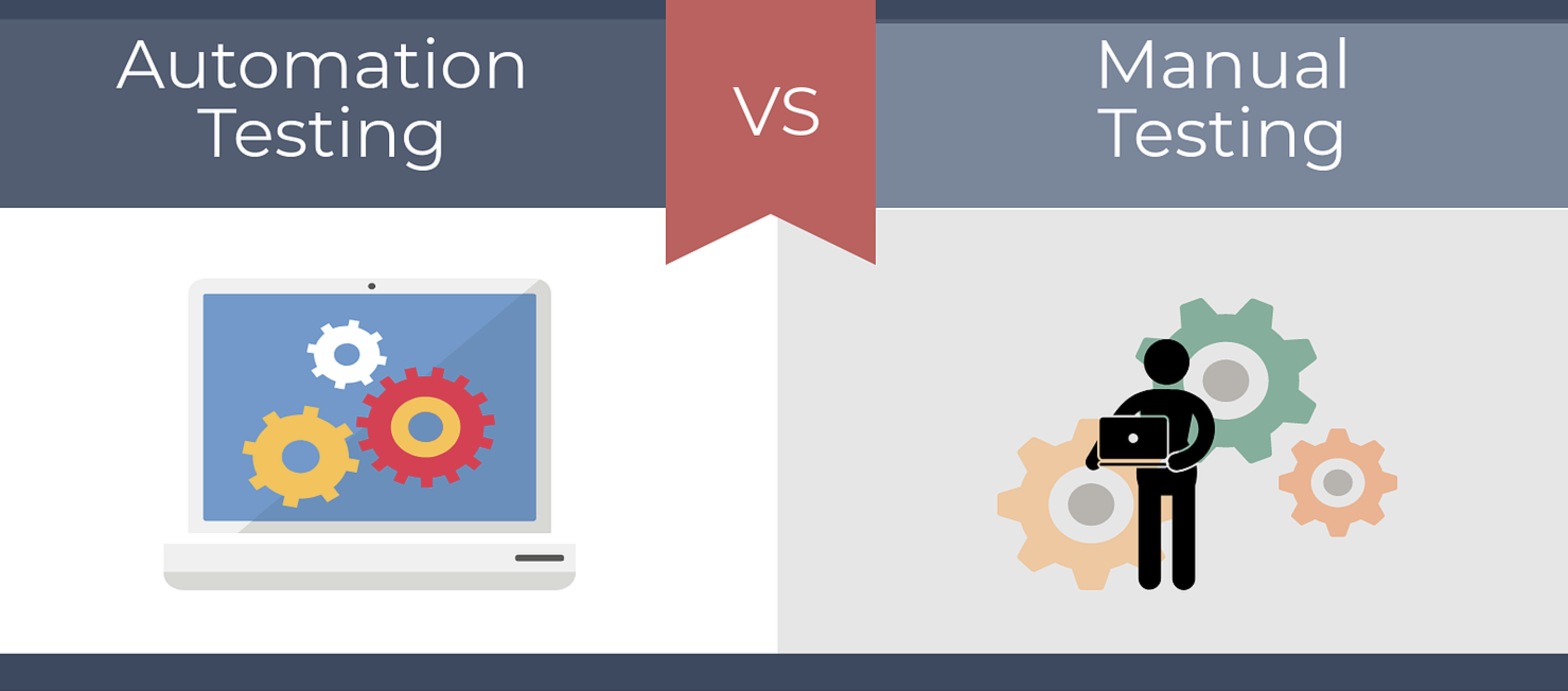Software Testing: Automation vs Manual
By Stella Egeolu, SETL QA Tester
8/7/2019
Testing is one of the most important aspects of the software development cycle and there are many ways of testing software. I previously touched on the two processes of testing (automation and manual) and my involvement in both as a tester. I started out as a manual tester but have been learning about more automation on the job and I honestly find both very useful to me and my organization. At SETL, we have reliable, efficient automation framework that helps improve test accuracy as well as increase our team’s test speed in automation. Nevertheless, technology organizations use both processes, as they are beneficial and have great impacts on applications and websites. However, I’m still of two minds as to which I enjoy the most. Let’s explore and compare both processes.

Manual testing requires human interaction for all parts of the process and for a long time this was the most efficient method. However, today there is so much predominance of software that it’s just not feasible for humans to test all the software manually, therefore automation takes precedence. Yet, there are still practical applications for manual testing in the field of QA.
Manual testing is intuitive, as opposed to automation. For example, a tester can perform exploratory and ad-hoc testing without needing test cases. Getting accurate visual feedback and finding bugs is instantaneous. Automation, in contrast, is best suited for performance testing, regression testing, and load testing. As a tester at SETL, I have come to realise that both manual and automated testing are crucial to developing a successful application or website on time and in budget. Therefore, it’s important to make both processes an integral part of any project’s planning from the beginning. That being said, my preference lies with automation testing.

My preference for automation is purely based on the fact that it’s quite challenging and different from what I’m normally used to (manual testing). The automation experience I get from SETL is what I will take with me and apply anywhere I work in life as I have learned so much. Another reason being that, eventually automation will take over (if it hasn’t already) and soon there will be little or no manual testing in workplaces. However, in my opinion, manual testing is still required for that everyday quick feedback testing as outlined above.

Imagine a world without manual testing. How would testers test those small change requests that pop up from clients? These would never require test automation, as it’s a small piece of requirement, or it would take too long to code. With a click of the mouse or thumb press on an application, the tester can easily breeze through manual testing. Having said that, organizations have to use the method that works best for them, because in the end it’s really about delivering quality software and thus, both processes can equally be utilized in different ways to achieve this.



